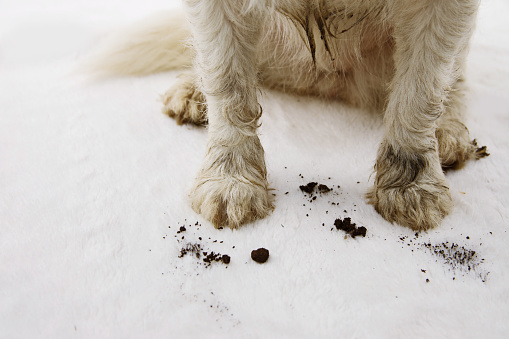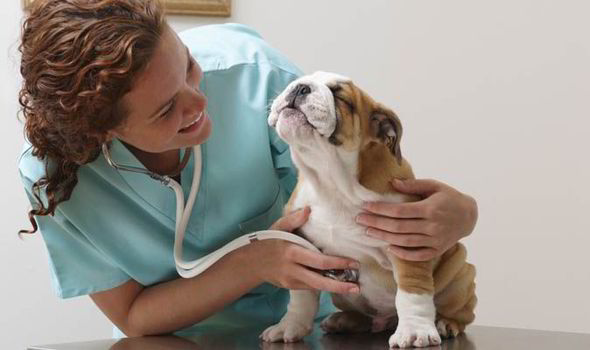Nervous Pups: Warning Signs and Dangers of Anxiety in Dogs

No owner likes seeing their pet upset or stressed. However, if your pup has anxiety, they may regularly seem tense, sad, destructive, or even aggressive. While dogs can’t speak to us, they still communicate how they feel through their actions. Not sure whether your dog has anxiety? Learn to decipher what they may want to convey by reading through these warning signs of anxiety in dogs, plus the dangers of constant stress.
Common Signs of Anxiety
How do you know if your dog has anxiety? Typically, canines exhibit several specific signs, such as sudden yawning, heavy panting, and pacing. Likewise, dogs suffering from social anxiety may destroy the house whenever you leave them alone.
Other signs of anxiety in pups include:
- Excessive whining and barking
- Heavy shedding
- Submissive posture
- Hiding or avoidant behavior
When dogs have anxiety, they often show a few of these signs, especially when their stress response gets triggered. Keep in mind that what makes one dog anxious may not bother another. Some canines hate thunderstorms, while others dread riding in the car.
Why Understanding Matters
Long-term stress is unhealthy for your pup for a few reasons. First, it can alter their behaviors, so your ordinarily well-behaved dog may appear aggressive. This is because their body senses a threat.
Additionally, elevated stress levels can become more dangerous if your canine has underlying conditions. This is especially dangerous to diabetic dogs since high levels of stress can cause blood sugar spikes. One way to tell if your diabetic pet has a blood sugar spike is if they suddenly become very lethargic, have an increased appetite, or need to use the bathroom more often. Constant blood sugar spikes harm the kidneys, heart, and other bodily areas.
Understanding the Cause
If you think your dog has anxiety, the first step is to take them to the vet for a proper diagnosis. Together you can analyze the likely cause as a dog struggling with separation anxiety needs different care than one with past trauma.
Your pooch could also develop anxiety due to a lack of stimulation. Some breeds are more predisposed to developing stress than others, generally due to higher energy levels.
Treating Your Pup
Knowing the warning signs and dangers of anxiety in dogs is vital because it allows you to create the best treatment plan for your furry friend. If your dog has higher stress due to a lack of stimulation, work more exercise into their day. You can also lessen their stress levels by working with an expert to modify your pup’s behavior or get prescription medication from your vet.
As a pet parent, taking care of your pup is always a priority. That means ensuring they always feel loved and safe. If you worry your pet has anxiety, work with your vet to provide your dog with the best treatment plan.




